Las Vegas Dunes National Recreation Lands
Rate this placeNearby: Shadow Rock Park Nellis Meadows Park
Last Updated: December 20, 2025
Las Vegas Dunes National Recreation Lands is a protected area located in the state of Nevada.
°F
°F
mph
Wind
%
Humidity
Summary
The recreation area covers roughly 62,000 acres and offers visitors a unique natural experience with its towering sand dunes and desert landscape.
There are many reasons to visit Las Vegas Dunes National Recreation Lands, including hiking, wildlife viewing, off-road driving, and camping. Visitors can explore the dunes on foot or by vehicle, and there are several trails that offer stunning views of the surrounding landscape.
One of the main points of interest in the recreation area is the sand dunes themselves. These towering dunes are some of the largest in the United States and provide a unique backdrop for outdoor activities. Visitors can also explore the remnants of the historic town of St. Thomas, which was flooded when Lake Mead was created.
Interesting fact about the area is that it is home to several rare and endangered species, including the desert tortoise and the bighorn sheep. Visitors are encouraged to be respectful of the wildlife and to follow all posted regulations.
The best time of year to visit Las Vegas Dunes National Recreation Lands is in the cooler months between October and April, as temperatures can easily exceed 100 degrees Fahrenheit in the summer. Visitors should also be aware that the area is prone to flash floods and should stay alert for changing weather conditions.
Overall, Las Vegas Dunes National Recreation Lands is a must-see destination for outdoor enthusiasts and nature lovers looking to explore the unique landscape of the American Southwest.
Weather Forecast
Park & Land Designation Reference
Large protected natural areas managed by the federal government to preserve significant landscapes, ecosystems, and cultural resources; recreation is allowed but conservation is the priority.
State Park
Public natural or recreational areas managed by a state government, typically smaller than national parks and focused on regional natural features, recreation, and education.
Local Park
Community-level parks managed by cities or counties, emphasizing recreation, playgrounds, sports, and green space close to populated areas.
Wilderness Area
The highest level of land protection in the U.S.; designated areas where nature is left essentially untouched, with no roads, structures, or motorized access permitted.
National Recreation Area
Areas set aside primarily for outdoor recreation (boating, hiking, fishing), often around reservoirs, rivers, or scenic landscapes; may allow more development.
National Conservation Area (BLM)
BLM-managed areas with special ecological, cultural, or scientific value; more protection than typical BLM land but less strict than Wilderness Areas.
State Forest
State-managed forests focused on habitat, watershed, recreation, and sustainable timber harvest.
National Forest
Federally managed lands focused on multiple use—recreation, wildlife habitat, watershed protection, and resource extraction (like timber)—unlike the stricter protections of national parks.
Wilderness
A protected area set aside to conserve specific resources—such as wildlife, habitats, or scientific features—with regulations varying widely depending on the managing agency and purpose.
Bureau of Land Management (BLM) Land
Vast federal lands managed for mixed use—recreation, grazing, mining, conservation—with fewer restrictions than national parks or forests.
Related References

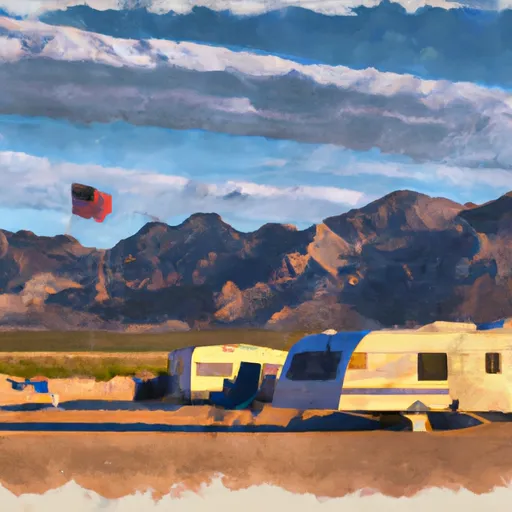 Desert Eagle RV Military - Nellis AFB
Desert Eagle RV Military - Nellis AFB
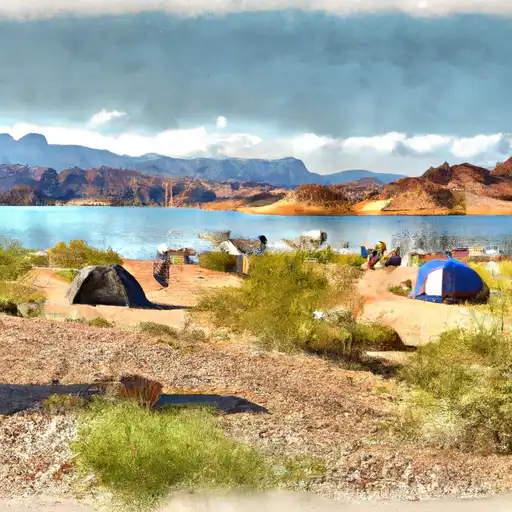 Las Vegas Bay - Lake Mead National Rec Area
Las Vegas Bay - Lake Mead National Rec Area
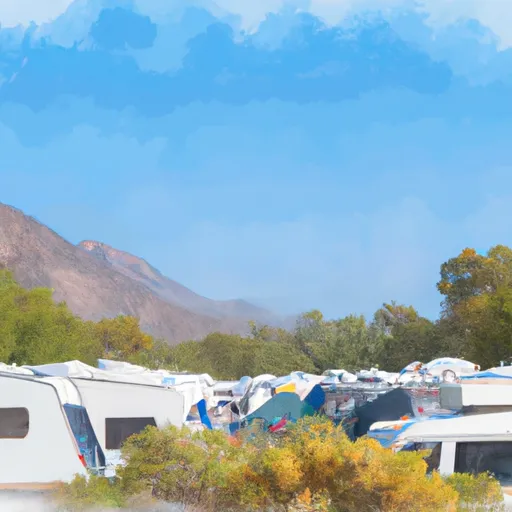 Las Vegas Bay Campground
Las Vegas Bay Campground
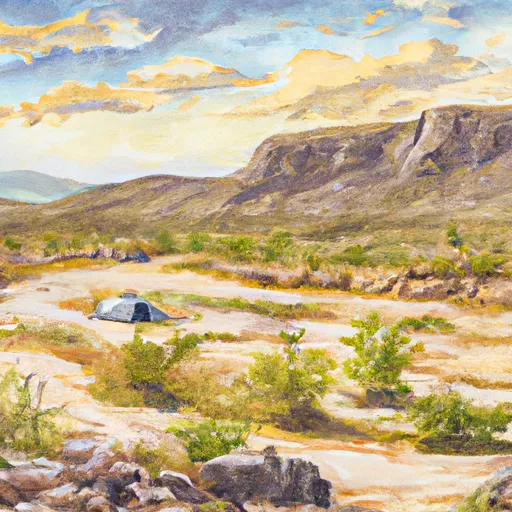 Lower Governtment Wash Road
Lower Governtment Wash Road
 Government Wash Dispersed - Lake Mead NRA
Government Wash Dispersed - Lake Mead NRA
 8 Mile Rd Dispersed - Lake Mead NRA
8 Mile Rd Dispersed - Lake Mead NRA
 Shadow Rock Park
Shadow Rock Park
 Nellis Meadows Park
Nellis Meadows Park
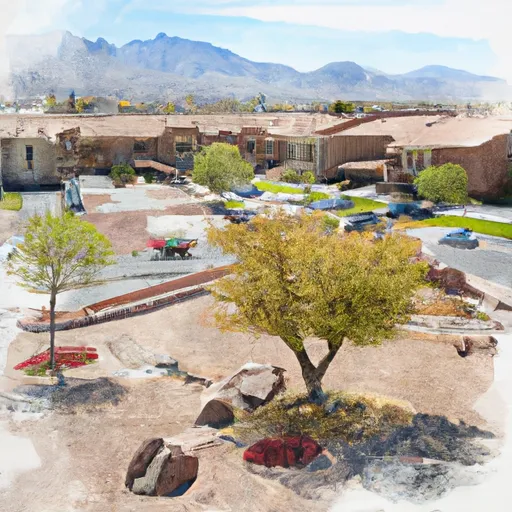 Alexander Villas Park
Alexander Villas Park
 Lewis Family Park
Lewis Family Park
 Stewart Place Park
Stewart Place Park